Planning a multi-day outdoor adventure requires more than just enthusiasm and basic gear—it demands thoughtful preparation, realistic expectations, and a well-structured itinerary that balances ambition with safety. Whether you’re backpacking through mountain ranges, paddling wilderness waterways, or bikepacking across challenging terrain, a carefully crafted itinerary serves as your roadmap to success. This comprehensive guide will walk you through the essential considerations and practical steps for creating a realistic plan that enhances your outdoor experience while minimizing risks and preventing the all-too-common pitfalls of overambitious scheduling.
Understanding the Importance of Realistic Planning
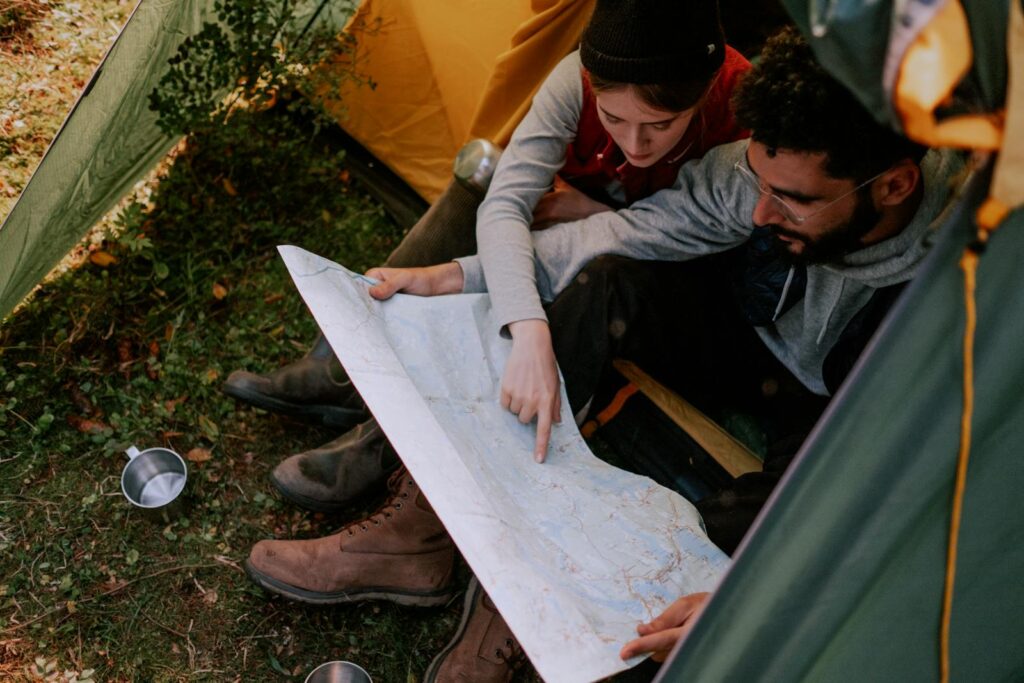
A well-designed itinerary forms the backbone of any successful multi-day outdoor adventure, providing structure while allowing flexibility for unexpected situations. Realistic planning prevents the twin dangers of overextending yourself physically or finding yourself short on time, food, or energy when you’re miles from civilization. Statistics from search and rescue organizations consistently show that inadequate planning ranks among the top reasons outdoor enthusiasts require emergency assistance. Beyond safety considerations, a thoughtfully paced itinerary allows you to fully appreciate your surroundings rather than rushing from point to point in a constant race against daylight or exhaustion. Remember that the journey itself—not just reaching designated milestones—constitutes a significant part of the wilderness experience.
Assessing Your Experience Level and Physical Condition
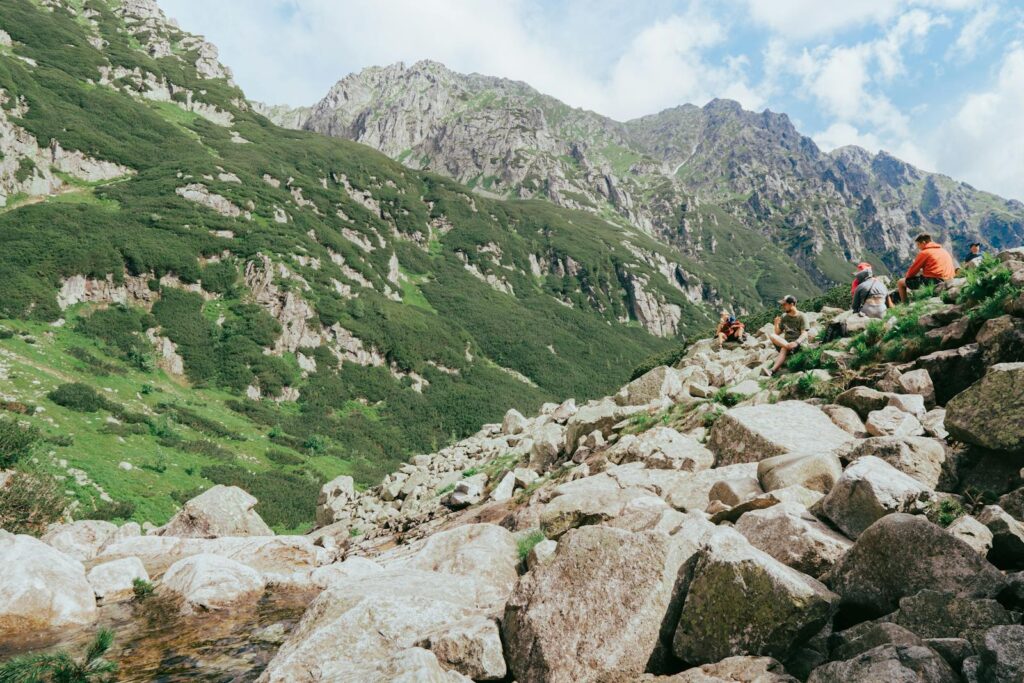
Before plotting your route, conduct an honest assessment of your experience level, physical capabilities, and those of everyone in your group. Experience in similar environments and activities provides valuable context for estimating appropriate daily distances and challenges. Consider recent fitness activities, any existing medical conditions, and how your body typically responds to prolonged physical exertion in outdoor settings. If traveling with companions, plan according to the capabilities of the least experienced or physically prepared person to ensure the entire group stays together safely. For those with limited experience, consider starting with shorter daily segments and planning more frequent rest days to avoid burnout or injury that could jeopardize the entire journey.
Researching Your Destination Thoroughly

Comprehensive destination research forms the foundation of realistic itinerary planning and should encompass multiple information sources. Study topographic maps, trail guides, and recent trip reports from other adventurers who’ve traveled your intended route during the same season. Contact local ranger stations, outfitters, or guide services for current information about trail conditions, water availability, wildlife activity, and potential hazards specific to your destination. Online forums and social media groups dedicated to outdoor recreation in your target area often provide real-time updates that official sources might not capture. Pay particular attention to elevation changes, river crossings, exposed sections, and other challenging terrain features that will significantly impact your travel pace and energy expenditure.
Calculating Realistic Daily Distances
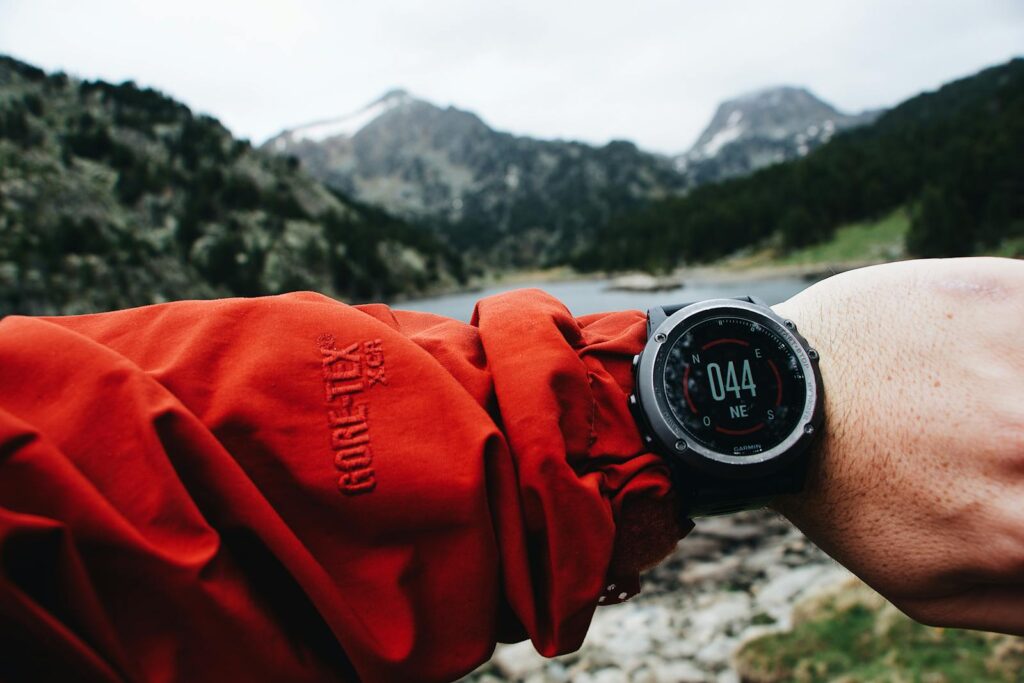
One of the most common planning mistakes is overestimating the distance you can comfortably cover each day in unfamiliar or challenging terrain. Start with conservative baseline estimates appropriate to your activity: experienced backpackers might average 8-12 miles daily in moderate terrain, while paddlers might cover 10-15 miles on calm water, and bikepackers 25-40 miles on mixed surfaces. Then adjust these numbers based on specific factors including elevation gain/loss (generally, add 1 hour for every 1,000 feet of elevation gain), technical difficulty of terrain, expected weather conditions, and pack weight. Remember that your first and last days often move slower due to transportation logistics, orientation, and potential fatigue. Always build in a buffer by planning for 70-80% of what you believe you could accomplish under ideal conditions.
Identifying Suitable Campsites and Rest Areas
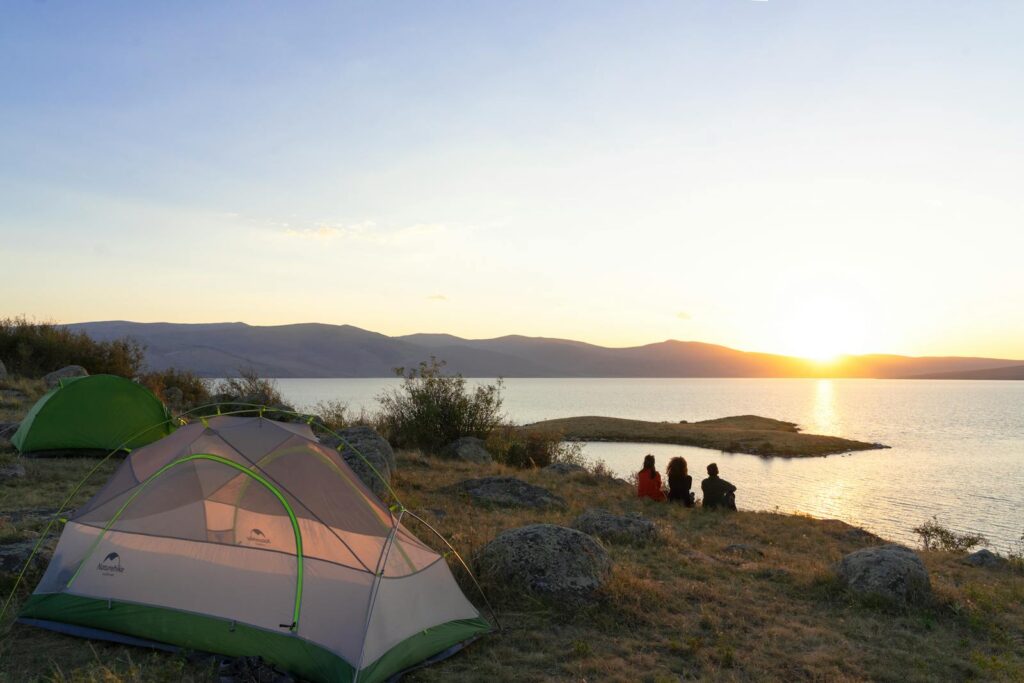
Strategic placement of overnight locations significantly impacts both the enjoyment and feasibility of your itinerary. Research established campsites, shelters, or suitable camping areas along your route, noting their approximate distances, amenities (if any), and restrictions such as permits or seasonal closures. Consider factors such as reliable water sources, protection from prevailing weather, and adequate space for your group and equipment. Avoid planning days that end with difficult terrain features like high mountain passes, river crossings, or exposed areas where finding safe shelter might prove challenging if weather deteriorates. Whenever possible, identify backup camping options every few miles in case you need to stop earlier or continue further than planned, providing crucial flexibility while maintaining adherence to Leave No Trace principles.
Building in Flexibility and Contingency Days

Nature operates on its own schedule, making flexibility an essential component of any outdoor itinerary. Build in explicit contingency days—at least one extra day for every 3-4 days of planned travel—to accommodate unexpected challenges like weather delays, minor injuries, or simply discovering a location worthy of extended exploration. Consider identifying specific “decision points” along your route where you can assess progress and conditions to determine whether to continue with your primary itinerary or implement contingency plans. For longer trips, designate potential exit routes or access points where you could cut the journey short if necessary. Remember that flexibility extends to daily scheduling as well—plan to make camp earlier than absolutely necessary each day to avoid setting up in darkness or exhaustion if delays occur.
Managing Food and Resupply Points

Nutrition planning directly impacts your itinerary’s feasibility, with food weight and availability influencing both daily distance capabilities and overall trip duration. Calculate daily caloric needs based on activity level, terrain difficulty, climate conditions, and individual metabolism—most active outdoor adventurers require between 2,500-4,500 calories daily. For trips longer than 4-5 days, identify potential resupply locations such as trail towns, ranger stations, or pre-arranged food caches, and incorporate these logistical stops into your schedule. Consider how food availability might impact your packing strategy and daily energy levels, particularly toward the end of each food-carrying segment when packs are lighter but energy reserves may be depleting. Remember that food planning intertwines with water availability—heavier meals requiring more cooking water necessitate reliable water sources at campsites.
Accounting for Elevation and Terrain Challenges
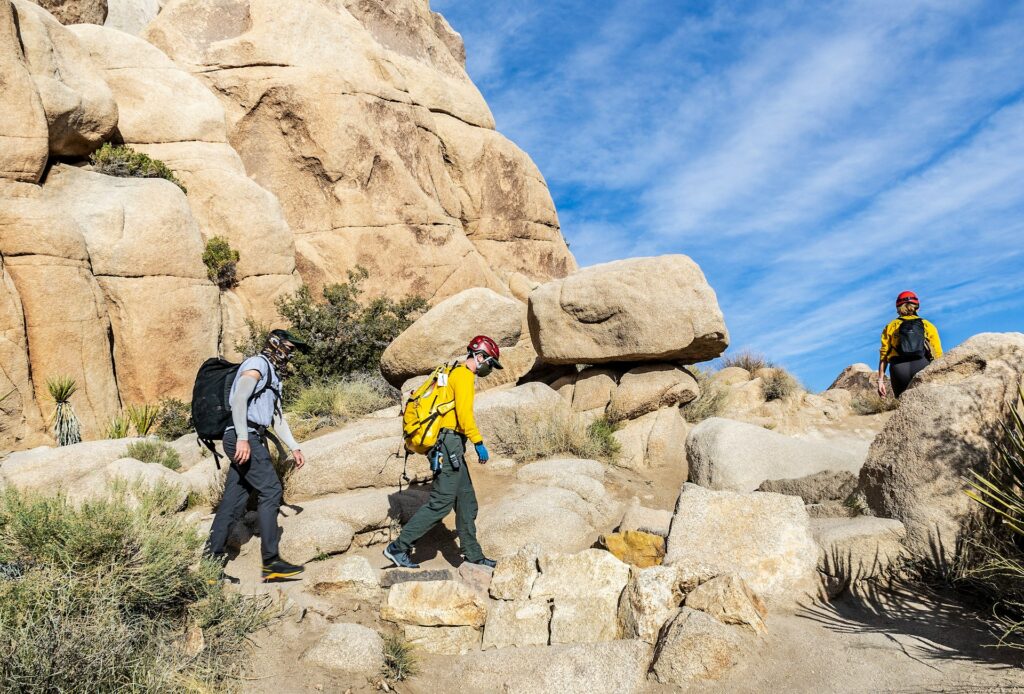
Topography dramatically influences travel speed and physical exertion, making terrain assessment crucial for realistic scheduling. Analyze topographic maps to identify major elevation changes, calculating approximately 30-60 minutes of additional travel time for every 1,000 feet of elevation gain depending on steepness, terrain quality, and pack weight. Beyond simple elevation profiles, consider terrain characteristics such as boulder fields, dense vegetation, river crossings, or sections requiring technical skills that significantly slow progress. Remember that downhill travel, while generally faster, often causes more physical strain on joints and increases injury risk, particularly when carrying weight. For high-altitude destinations, incorporate acclimatization days in your itinerary—generally one rest day for every 3,000 feet of elevation gain above 8,000 feet—to reduce the risk of altitude-related illnesses that could derail your entire trip.
Considering Seasonal and Weather Factors
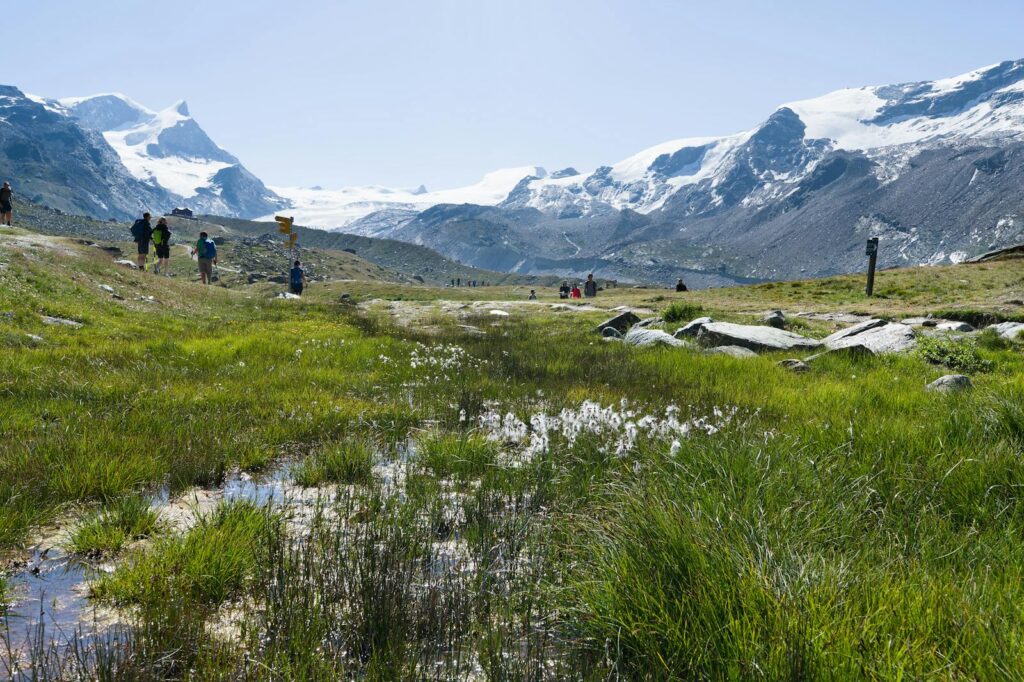
Seasonal conditions fundamentally shape the feasibility of any outdoor itinerary through their impact on daylight hours, temperature ranges, precipitation patterns, and terrain accessibility. Research historical weather patterns for your destination during your planned travel period, including average temperatures, precipitation frequency, and notable weather events from previous years. Summer offers extended daylight but potentially crowded conditions and extreme heat in some regions, while shoulder seasons provide solitude but require preparation for wider temperature fluctuations and potential early snow at higher elevations. Consider how seasonal factors affect specific terrain features—spring snowmelt makes river crossings more dangerous, summer heat reduces water availability in arid regions, and autumn brings earlier sunsets that compress your daily travel window. Always prepare for conditions significantly worse than the seasonal average, as wilderness weather remains notoriously unpredictable despite modern forecasting capabilities.
Planning for Adequate Rest and Recovery

Strategic rest planning distinguishes sustainable itineraries from those that lead to physical breakdown and potential trip failure. Schedule dedicated rest days approximately every 3-5 days of continuous travel, positioning them to coincide with particularly scenic locations, resupply points, or after especially challenging sections. Beyond full rest days, incorporate recovery considerations into your daily scheduling by avoiding consecutive days of maximum exertion and alternating particularly challenging days with more moderate ones. Remember that adequate recovery requires more than physical rest—it includes proper nutrition, hydration, sleep quality, and mental decompression time away from the constant focus that wilderness travel demands. For longer expeditions, consider implementing a “ramping” approach where the first week features shorter daily distances to allow your body to adapt before gradually increasing the challenge level.
Creating Detailed Daily Plans

Once you’ve established your overall route and major stopping points, develop detailed daily plans that break each day into manageable segments with specific milestones. Identify natural break points approximately every 2-3 hours of travel, corresponding to terrain features, water sources, or scenic viewpoints where you can rest, refuel, and reassess conditions. Calculate estimated arrival times at key waypoints based on terrain-adjusted pace estimates, allowing you to monitor progress throughout the day and make timely decisions about whether to continue or make camp. Include notes about potential hazards or decision points for each day, along with alternative routes or campsites if conditions necessitate changing plans. Remember that detailed daily planning serves as a framework rather than an inflexible schedule—the goal is informed decision-making rather than rigid adherence to predetermined timeframes regardless of changing conditions.
Testing and Refining Your Itinerary
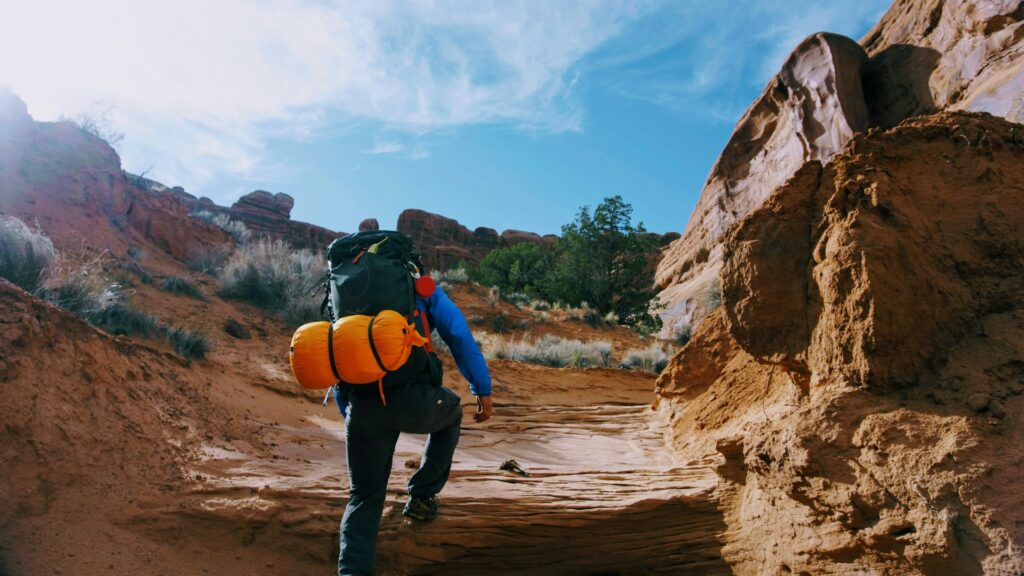
Before committing to your planned route, test critical assumptions through preparation activities that simulate trip conditions. Conduct training outings with similar daily distances, elevation profiles, and pack weights to assess your pace estimates and physical readiness. Review your itinerary with experienced adventurers familiar with your destination or activity type, soliciting feedback about potential scheduling pitfalls or unrealistic expectations. Consider conducting a “shakedown trip” of 1-2 days in similar conditions with all your planned gear to identify any equipment issues or fitness concerns before embarking on your main adventure. Remain willing to modify your plans based on these preparation experiences, recognizing that realistic planning involves continual refinement rather than rigid commitment to initial ideas. Remember that the most successful outdoor adventures often result from thorough planning combined with the wisdom to adapt when reality differs from expectations.
Communicating Your Itinerary for Safety

A meticulously planned itinerary serves its final crucial purpose as a safety communication tool with people not accompanying your journey. Create a detailed trip plan document including your route, daily destinations, expected camping locations, and planned completion date, along with information about group members, emergency equipment carried, and relevant medical information. Share this plan with at least two reliable contacts who will notice if you don’t return or check in as scheduled, instructing them on specific actions to take if you’re overdue. Include information about the appropriate local search and rescue agencies for your destination, along with any permit numbers or registration information associated with your trip. Consider carrying satellite communication devices that allow location sharing and emergency messaging, using them to provide periodic position updates that help emergency responders locate you quickly if needed. Remember that effective itinerary communication represents your lifeline to assistance should unforeseen circumstances arise during your adventure.
In conclusion, creating a realistic itinerary for multi-day outdoor adventures requires balancing ambition with practicality, thorough research with flexibility, and challenging yourself while respecting your limitations. The most successful outdoor journeys result not from covering maximum distance or checking off the most features, but from creating a sustainable pace that allows for immersion in the natural world, meaningful connections with traveling companions, and the mental space to absorb the profound experiences that wilderness offers. By investing time in thoughtful planning before your adventure begins, you create the foundation for an experience that will challenge you appropriately while minimizing preventable risks—ultimately allowing the natural world to work its transformative magic on your body, mind, and spirit.

